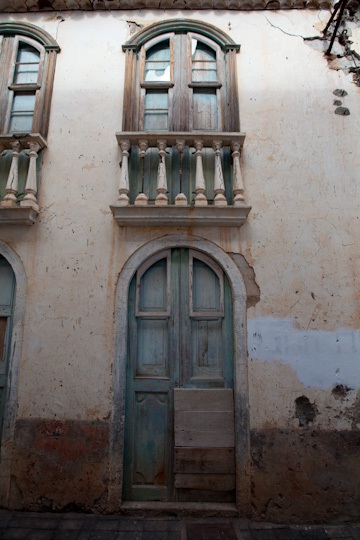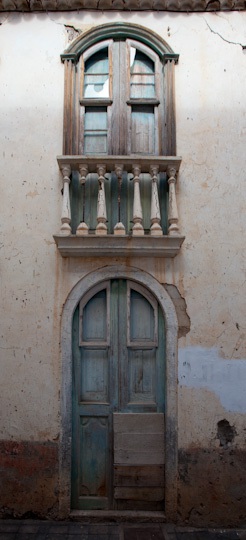A little bit of local history with this set of images of the timber ponds found off the shores of the Clyde at Langbank and Finlaystone, just East of Port Glasgow.
Timber Ponds were set up along the southern shore of the River Clyde in the early days of wooden ship builing, occupying the area between Port Glasgow and Langbank. The industry required vast quantities of thoroughly seasoned timber, and with shipyards occupying most of the shore line from central Greenock to eastern Port Glasgow, demand was prodigious.
The ponds prevented the timber from floating away and allowed the logs to be organised according to type, length of seasoning, and ownership. Extreme weather could result in the logs breaking free of the ponds, closing the river until they were recovered. Remnants of the timber ponds still exist in the lines of vertical wooden posts sticking out of the mud, and rectangular areas can still be seen in aerial views of the surrounding riverbed.
Imported from North America, timber crossed the Atlantic from Quebec to Port Glasgow. In 1825 this trade amounted to some 19,000 tons, and reached almost 28,000 tons by 1834. The timber was unloaded at the mid-harbour, then chained together with rafters and floated to the ponds. At their peak, the ponds extended as far as the Gare Loch, but the arrival of pre-cut timber and steel construction by 1914 meant that few remained in use.
Current practice is to place green, unseasoned timber in vast kilns, gradually reducing the moisture content until the sawn material is stable. This technology was not available in earlier years, when ancient practice was to leave the unsawn logs to lie on the tidal mudflats and season, for months or even years.
And there’s a Taggart connection too with Jardine’s body being recovered from these mud flats.

